Content
It is important for potato growers to know a detailed description of the crop variety in order to competently fulfill all the requirements of agricultural cultivation technology. Bryansk Delicacy potatoes are a very interesting variety that attracts attention. Features of cultivation will be discussed in the article.
Origin story
The name of the variety coincides with the name of the experimental station where work was carried out to develop the Bryansk delicacy. At the Bryansk experimental station, owned by the All-Russian Scientific Research Institute. A.G. Lorkha, a new variety of potato was obtained. The date of entry of the variety into the State Register is 2002. Recommended by breeders for cultivation in the regions of the Central Belt.
Description and characteristics
Potatoes of the Bryansk Delicacy variety are classified as mid-early varieties. This means that harvesting occurs 75-80 days after planting the tubers.
The bushes are medium in size, but spreading. The leaves are large, dark green. The flowers are white and small, collected in corollas, and fall quickly.
The main value of the crop is tubers. In the Bryansk Delicacy variety, they are oval in shape, the weight of one varies from 70 g to 125 g. The starch content is considered average and is 16% - 17%. Such tubers do not overcook, but still remain moderately crumbly.This option is very suitable for housewives who have to cook potatoes for their households. The skin of the potatoes is smooth, yellow in color, the flesh is light yellow. The eyes are very small, but this does not affect the germination of the variety.
When describing a potato variety, it is important to indicate another important feature - disease resistance. The variety is not susceptible to potato canker, banded mosaic, leaf curl, and is resistant to cyst nematodes. Although there are diseases that have to be dealt with when growing the variety.
A good quality of potatoes is the possibility of mechanical planting and harvesting. The variety is resistant to mechanical damage and has high yields. From 1 hectare it is up to 300 c. Up to 15 tubers are formed on one bush.
It is perfectly transported and stored, which is considered a great advantage of the early variety.
Advantages and disadvantages
Like any crop, Bryansk delicacy potatoes have advantages and disadvantages. Based on this list, gardeners prefer to grow the variety on their plots.
Advantages | Flaws |
Early ripening | Requires frequent hilling |
Good yield | Affected by late blight of tops and tubers, Phoma, tuber overgrowth |
Resistant to canker, severe viral diseases, cyst nematode, rhizoctonia, scab, leaf curl and banded mosaic |
|
Good yield |
|
High transportability and keeping quality |
|
Ability of potatoes for industrial planting and processing |
|
High marketability of potatoes - up to 97% |
|
Good taste and nutritional quality |
|
Versatility of use |
|
Seed material has no tendency to degenerate |
|
In a region with warm, long summers it is possible to grow 2 crops per season |
|
There are almost no disadvantages noted in the Bryansk Delicacy, but there is a large list of advantages.
Landing
It is recommended to plant the potato variety as tubers, and only whole ones. Planting with seeds or halves is not recommended. In the first case, only breeders can cope with this method; in the second, the potato yield will be significantly reduced. The peculiarity of the variety is that if cut halves are planted, they can rot even before germination. Small Bryansk Delicacy potatoes are also not used - they will not be able to produce a good harvest. Before planting, the tubers undergo pre-planting preparation:
- They're sorting through. Pay attention to possible signs of disease or pest damage, mechanical damage, and signs of rotting. Small specimens are laid aside. It is optimal to leave potatoes weighing about 90 g for planting.
- They germinate. A month before the scheduled date for planting potatoes, the seed material is laid out in boxes or on a flat surface in one layer. The room should be bright and warm. The tubers are lightly moistened with water from a spray bottle so that the buds hatch. When sprouts appear, make sure that they do not outgrow. A length of 1 cm is the most optimal.
The soil is pre-loosened, plant residues in which pathogenic microorganisms can develop well are selected. Into the soil per 1 sq. m add mature humus (3 buckets), wood ash (0.5 l), superphosphate (40 g).
The holes are placed in rows according to a pattern of 35 cm x 65 cm, where the first number is the distance between the potatoes, the second between the rows.
To accelerate the germination of seed material and prevent the occurrence of diseases, it is treated with a growth stimulator and sprayed with a fungicide.
The tubers are placed in the holes and covered with a layer of soil. If you lay a layer of mulch between the rows, this will protect the potato plantings from rapid evaporation of moisture.
Visual information about planting potatoes:
Care
The originator has not laid down any special care requirements for the potato variety. It is important to provide the tubers with soil with a loose and light structure, plant on time (complete soil warming) and comply with standard agricultural technology requirements:
- watering;
- weeding, loosening and hilling;
- moderate feeding.
Water the Bryansk Delicacy potatoes sparingly. The frequency of watering depends on weather conditions and the stage of plant development. At the moment the buds appear and before the growth of the tops stops, it is necessary to water the potatoes. At this time, the crop is being laid and moisture deficiency will affect its quantity.
Loosening is also called dry watering.
If you grow the Bryansk Delicacy variety in a region where it is considered zoned, then loosening replaces a significant part of watering. And in years with wet summers, you need to switch exclusively to loosening.
Weeding is also an important activity for potato varieties. Weeds are able to absorb significant amounts of moisture and nutrients from the soil, depriving the tubers of precious components. In addition, weeds are often breeding grounds for infections.
Hilling and feeding
Hill up the Bryansk delicacy potatoes 2 times. The first, when the tops reach a height of 15 cm, the second before flowering - 2 weeks after the first.
Depending on the growth rate of the variety and weather conditions, the number of hillings can be increased up to 4 times. Hilling improves the growth of tops, protects potatoes from possible frosts, and reduces the number of weedings.
Potatoes respond very well to fertilizing. It is better to feed the Bryansk Delicacy variety with different types of fertilizers, alternating organic matter with mineral compounds.
From organic fertilizers, it is best to take bird droppings with wood ash (2:1). An infusion of bird droppings is prepared, then diluted with water and mixed with ash. Mineral fertilizers include urea, ammonium nitrate or complex fertilizers. Time to fertilize potatoes:
- after germination;
- at the moment of budding;
- in the flowering phase.
Both root and foliar types of feeding work well for potato varieties.
Diseases and pests
The Bryansk Delicacy variety is susceptible to diseases and pests under unfavorable conditions during the growing period. In this case, there may be manifestations of late blight.
To prevent this from happening, the tubers are treated with a fungicide (Maxim) before planting according to the instructions. During the growing season, only preventive spraying of potatoes is advisable; at the time of the onset of the disease, they are ineffective. Tubers are not affected by late blight due to their early ripening period.
A dangerous pest for the Bryansk delicacy is the Colorado potato beetle. Do not use strong chemicals for potatoes. But if this cannot be avoided, then the last treatment is done a month before harvest.Gardeners prefer to collect beetles from potato bushes by hand or treat the plantings with folk compounds. With industrial cultivation, you cannot do without chemicals.
To prevent the variety from suffering from wireworm invasions, it is necessary to change the planting location after 2-3 years.
Harvesting
The first potatoes can be dug up 45 days after planting. They are consumed immediately as food, since they do not have good shelf life. And the ripened potato crop is carefully dried and sorted.
Planting material is stored separately, providing the most favorable conditions. The rest of the potatoes are sorted to separate damaged tubers from good ones. Storage temperature +2°C - +4°C. Additionally, they provide good ventilation of the room.
Conclusion
Potatoes of the Bryansk Delicacy variety exactly live up to their name. The taste of the tubers cannot be called anything other than delicious. They are not only tasty, but also beautiful. Planting material does not degenerate and does not require replacement; it can be planted for many years in a row. The main thing is not to forget about observing crop rotation.

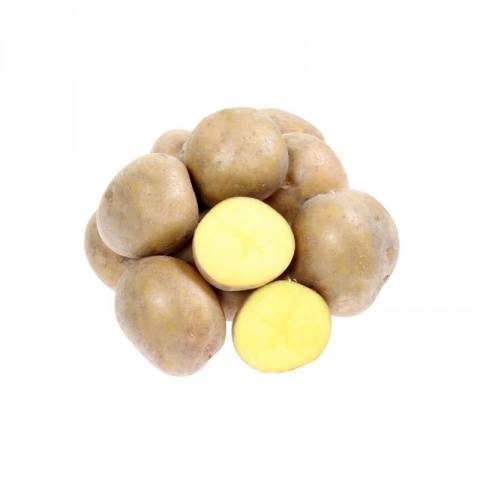
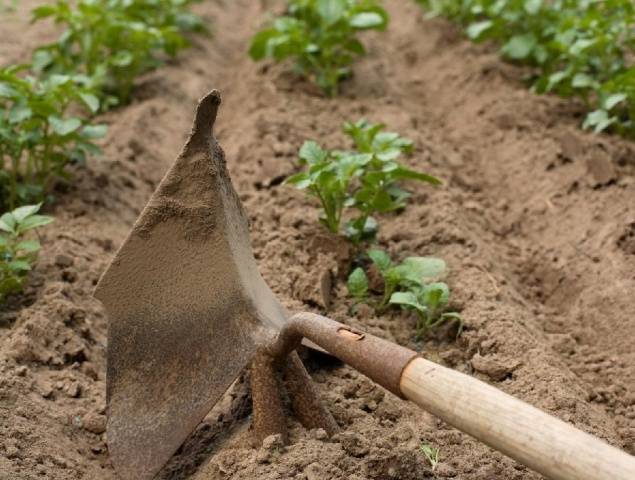
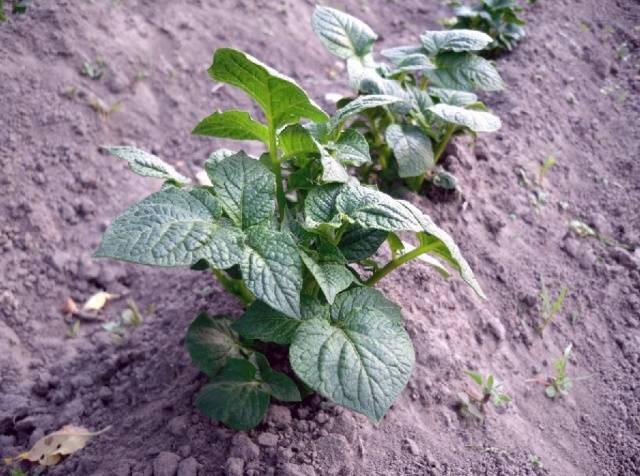
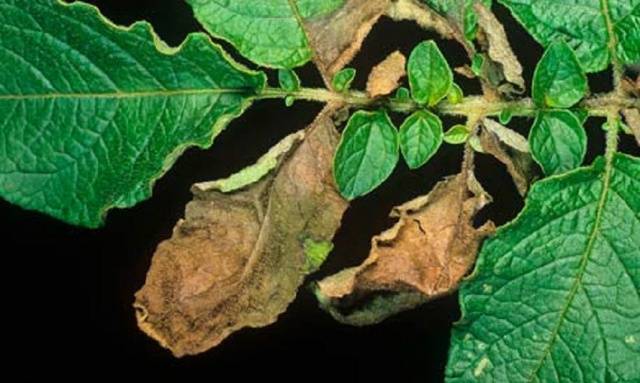
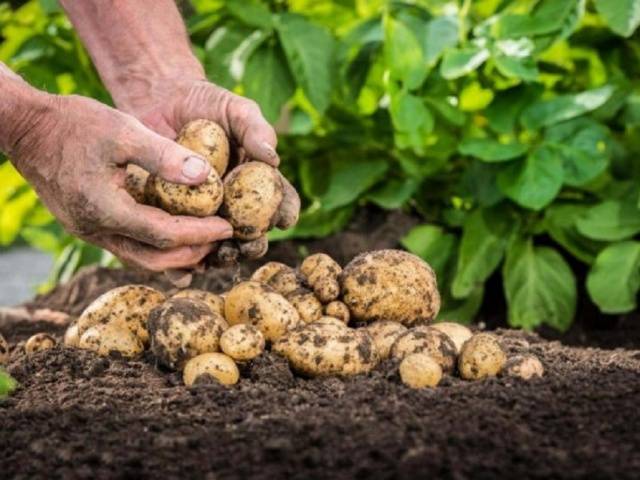




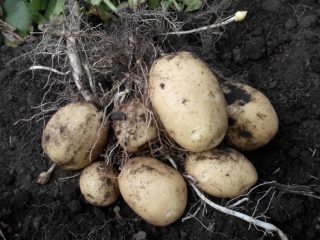
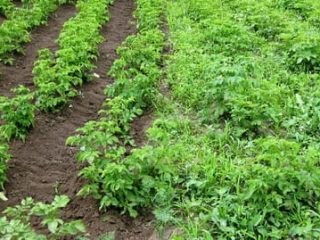


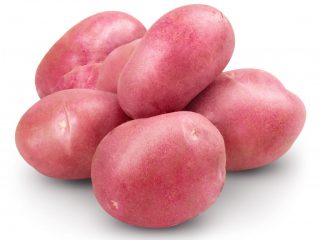
The taste of the Bryansk delicacy is good and classic. But boiled potatoes are very dense, no matter how much you cook them. I think it works best for mashed potatoes.